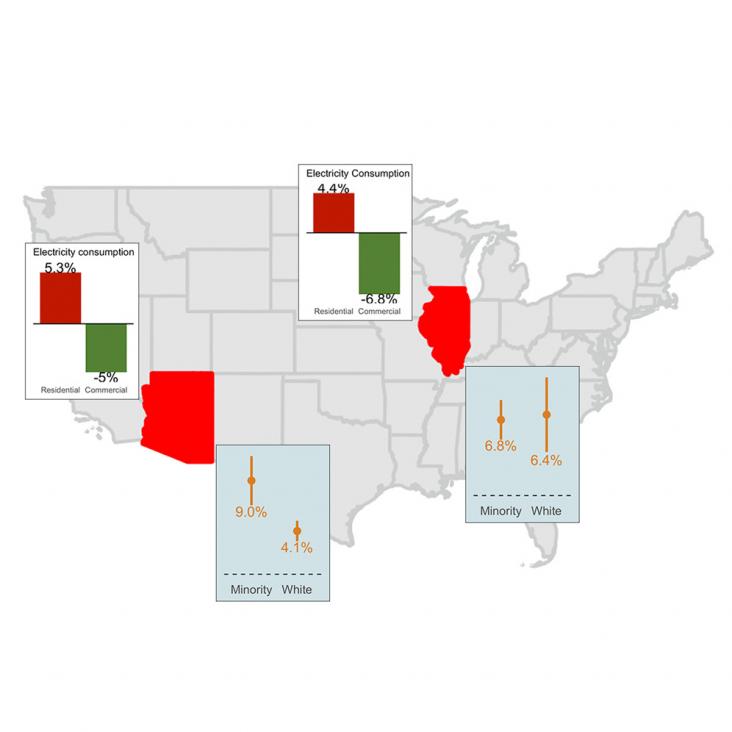Of all the types of renewable energy, Renewable Natural Gas (RNG) market has been more supported and developed in Canada due to the lower project cost and the existing NG pipeline infrastructure.
This Article supports SDGs 3, 5, and 10 by examining the effects of housing interventions on the physical, psychosocial, and economic wellbeing of women experiencing IPV, calling for continued investment into research, policy, and practice to innovate the IPV-housing continuum and to address the needs of women experiencing IPV and homelessness across different social circumstances.

A growing number of governments are pledging to achieve net-zero greenhouse gas emissions by mid-century.
Mitigating and adapting to climate change requires decarbonizing electricity while ensuring resilience of supply, since a warming planet will lead to greater extremes in weather and, plausibly, in pow
This paper cautions that the adoption of electric vehicles with the aim of reducing greenhouse gas emissions must balance that beneficial effect against increased water consumption. It recommends battery electric vehicles charged by solar energy as the best solution.
By the year 2019, the number of people without access to electricity was 770 million, most of which lived in rural areas.

Low-income households (LIHs) have experienced increased poverty and inaccess to healthcare services during the COVID-19 pandemic, limiting their ability to adhere to health-protective behaviors.

The article explores the advantages of eCooking, which include reduced health and environmental impacts, increased safety, and improved efficiency.

The COVID-19 pandemic has exacerbated energy insecurity and economic hardship among vulnerable populations.

Major infrastructure financiers will have to significantly decarbonize their investments to meet mounting promises to cut carbon emissions to “net-zero” by mid-century.
